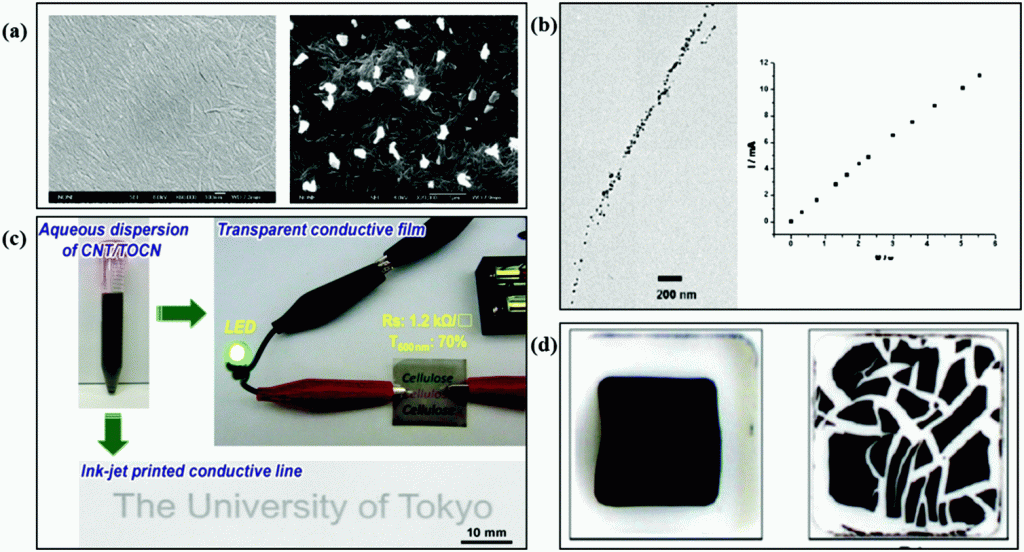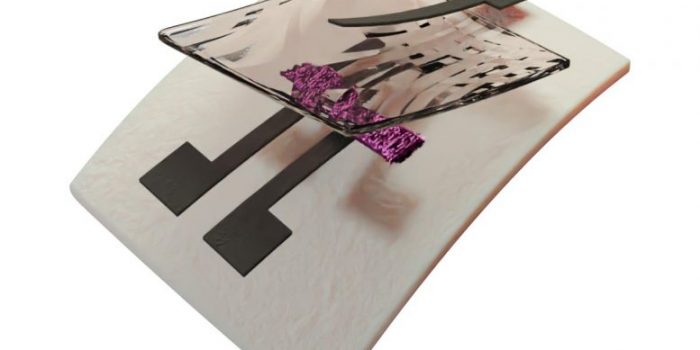Researchers are fighting the growing epidemic of electronic waste by using fully recyclable printed electronics.
The research team from Duke University has created the world’s first fully recyclable printed electronics in an attempt to get rid of the growing electronic waste. The team showed a crucial and complex computer component “the transistor” made out of three carbon-based inks and they hope to inspire a new generation of recyclable electronics.
“Silicon-based computer components are probably never going away, and we don’t expect easily recyclable electronics like ours to replace the technology and devices that are already widely used,” said Aaron Franklin, the Addy Professor of Electrical and Computer Engineering at Duke. “But we hope that by creating new, fully recyclable, easily printed electronics and showing what they can do, that they might become widely used in future applications.”
Almost everyone in today’s world uses multiple electronics on a daily basis and that ratio isn’t to be decreased, rather would drastically increase over the course of time. This leaves the world with a growing pile of unused devices, that are replaced either after becoming dysfunctional or are replaced by a newer variant. And honestly, the recycling facilities are not enough to cater to the growing stash of these “for no good” electronics.

As per United Nations, “less than a quarter of the millions of pounds of electronics thrown away each year is recycled. And the problem is only going to get worse as the world upgrades to 5G devices, and the internet of things (IoT) continues to expand.” This comes with the problem of discarding these electronic devices that is no easy feat. Massive facilities employ hundreds of workers who do this job, for not so much of the outcome.
The new method proposes the use of nanotubes and graphene inks used for the semi-conductors and conductors. These materials are not entirely new in the world of printed electronics, however, the team suggested that “the path to recyclability was opened with the development of a wood-derived insulating dielectric ink called nanocellulose.”

“Nanocellulose is biodegradable and has been used in applications like the packaging for years,” said Franklin. “And while people have long known about its potential applications as an insulator in electronics, nobody has figured out how to use it in a printable ink before. That’s one of the keys to making these fully recyclable devices functional.”
The researchers new found technique obtains crystals of nanocellulose taken from wood fibers that when mixed with table salt shapes into ink good enough for printed transistors. The team then showed that when aerosol jet printers are used with the three inks at room temperature, the left by-product performs as a fit to be used in a variety of applications even after six months of the initial printing.

“Recyclable electronics like this aren’t going to go out and replace an entire half-trillion-dollar industry by any means, and we’re certainly nowhere near printing recyclable computer processors,” said Franklin. “But demonstrating these types of new materials and their functionality is hopefully a stepping stone in the right direction for a new type of electronics life cycle.”


